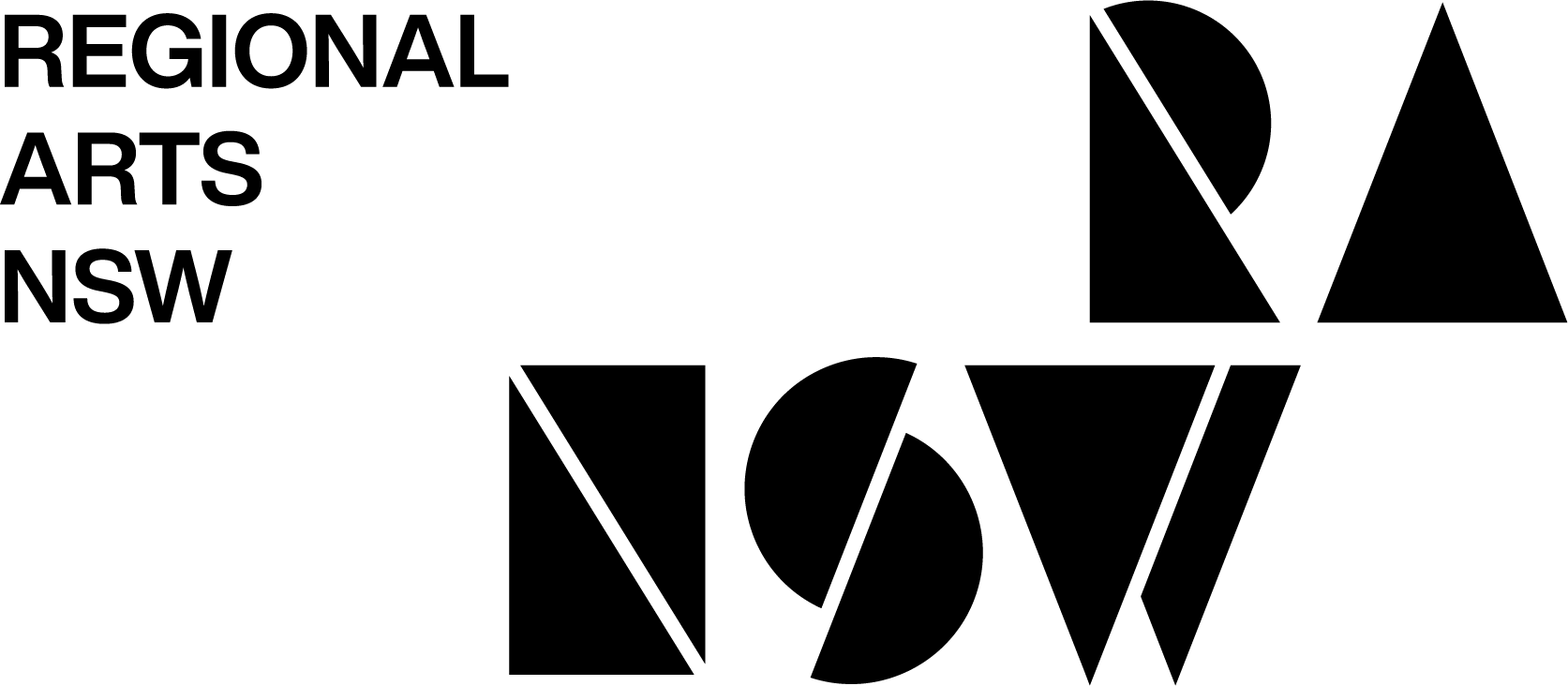In recent years the term co-design has gained traction, even become a bit of a buzz-word. Of course, the idea of participants or stakeholders all working together to produce something is not really new, either in the arts or other areas from design to social research, and yet we still seem to be in a space where we often don’t understand what each other means when the term is used, let alone how to achieve it or to evaluate it. It feels it’s time to apply a little more rigour to the use of the term ‘co-design’.
I’ve been thinking about this lately because at RANSW we have in fact been involved in some co-design, as we plan our showcase and forum that will be the culmination of our Work of Art program, happening in November in an event that we hope to share with many people from across the arts sector (consider yourself invited!). With a cohort of over sixty women who are working with us to help design the event, it is both a highly rewarding process and one that is slow to emerge, at times confusing.
I feel that I often see people claim to be undertaking co-design when in fact they have only asked a few cursory questions and then put in place the project that they wanted, rather than the one that has been co-designed. And it’s understandable, given that co-design takes longer. As much as I’m enjoying working through the co-design that we’re doing for Work of Art, there is sometimes a feeling that it would be easier to just tell everyone what they’re doing and then get on with it.
So why go through a slow and ongoing process over many months to develop a project for which we could have knocked off a project plan in a day or two? Why allow ourselves to end up putting things into a project that we would never have chosen to do, left to our own devices? We know the answer to this really. If we are to develop work that is relevant to our participants and to our stakeholders, we need to give them a voice in shaping that work. We end up with projects that offer more support, can benefit from a wider range of ideas and which genuinely empowers participants. Alternatively, it could also look like a dog’s breakfast, but with careful curation and a willingness to genuinely listen to and respect the ideas of a cohort, co-design can produce a stronger way of working together.
